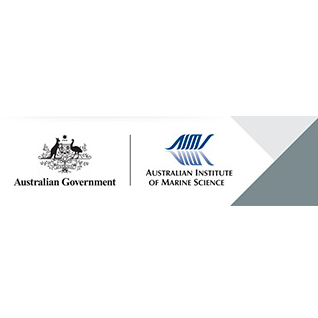Brief description
Fourteen isolates of Anabaena circinalis from various regions of Australia were grown for extraction. Two microtiter plate based bioassays for measuring saxitoxin (STX) and its derivatives, use radioactively labeled STX binding by sodium channels, STX's pharmacological target, or an unrelated protein, saxiphilin. Thesebioassays were challenged with extracts of toxic and nontoxic strains of Anabaena circinalis, and the results were compared with HPLC analysis.Cultured cells were harvested during late logarithmic growth phase. A saxiphilin microtiter plate binding assay was conducted using tritiated saxitoxin ([3H]STX) from the centipede Ethmostigmus rubripes. The inhibition of [3H]STX binding to rat brain sodium channels was also measured - both values were recorded as percentages.Samples were screened for inhibition of [3H]STX binding by incubating duplicate samples of 10 µL each. If dilution was necessary, extracts were retested in a series (2-, 5-, 10-, 50-, 100-, 500-, and 1000-fold dilutions). Three classes of paralytic shellfish toxins (PSTs) were analyzed by HPLC - C-toxins, gonyautoxins, and saxitoxins (C1, C2, dcGTX3, GTX5, dcGTX2, GTX3, GTX2, dcSTX, STX; values for individual toxin analogues are given as mol %).The final toxicity measurement was the average of the values derived from the multiple inhibitory values between 20 and 80% inhibition obtained in the titration of unknown samples. To compare the Na channel and saxiphilin radioreceptor assays with HPLC for their ability to detect and quantify STXs from the cyanobacterium Anabaena circinalis. Collection locations: Bundaberg, Burnett River, QLD; Pukallus Weir, Yarraman, QLD; Solomon Dam, Palm Island QLD; Booligal, Lachlan River, NSW; Bourke, Darling River, NSW; Burrinjuck Dam, NSW; Chaffey Dam, NSW; Corowa, Murray River, NSW; Lake Cargelligo, NSW; Darling River, NSW; Farm Dam, Fish Creek, VIC; Farm Dam, Millawa, VIC; Clydesdale Lake, Perth WA.Isolate strain designations: AWQCa 118A; 2 AWQC 118C; 3 AWQC 131C; 4 AWQC 134C; 5 AWQC 148C; 6 AWQC 150A; 7 AWQC 173A; 8 AWQC 279B; 9 AWQC 306A; 10 AWQC 307C; 11 AWQC 310F; 12 AWQC 323B; 13 AWQC 332H; 14 AWTb 204A.Lineage
Maintenance and Update Frequency: notPlannedNotes
CreditLlewellyn, Lyndon E, Dr (Principal Investigator)
Modified: 17 10 2024
Radioreceptor assays for sensitive detection and quantitation of saxitoxin and its analogues from strains of the freshwater cyanobacterium, Anabaena circinalis: Llewellyn LE, Negri AP, Doyle JR, Baker PD, Beltran EC and Neilan BA (2001) Radioreceptor assays for sensitive detection and quantitation of saxitoxin and its analogues from strains of the freshwater cyanobacterium, Anabaena circinalis. Environmental Science and Technology 35: 1445-1451.
local : articleId=5756
- global : 449ddea0-c137-4429-956c-e2805e3f9ae2


